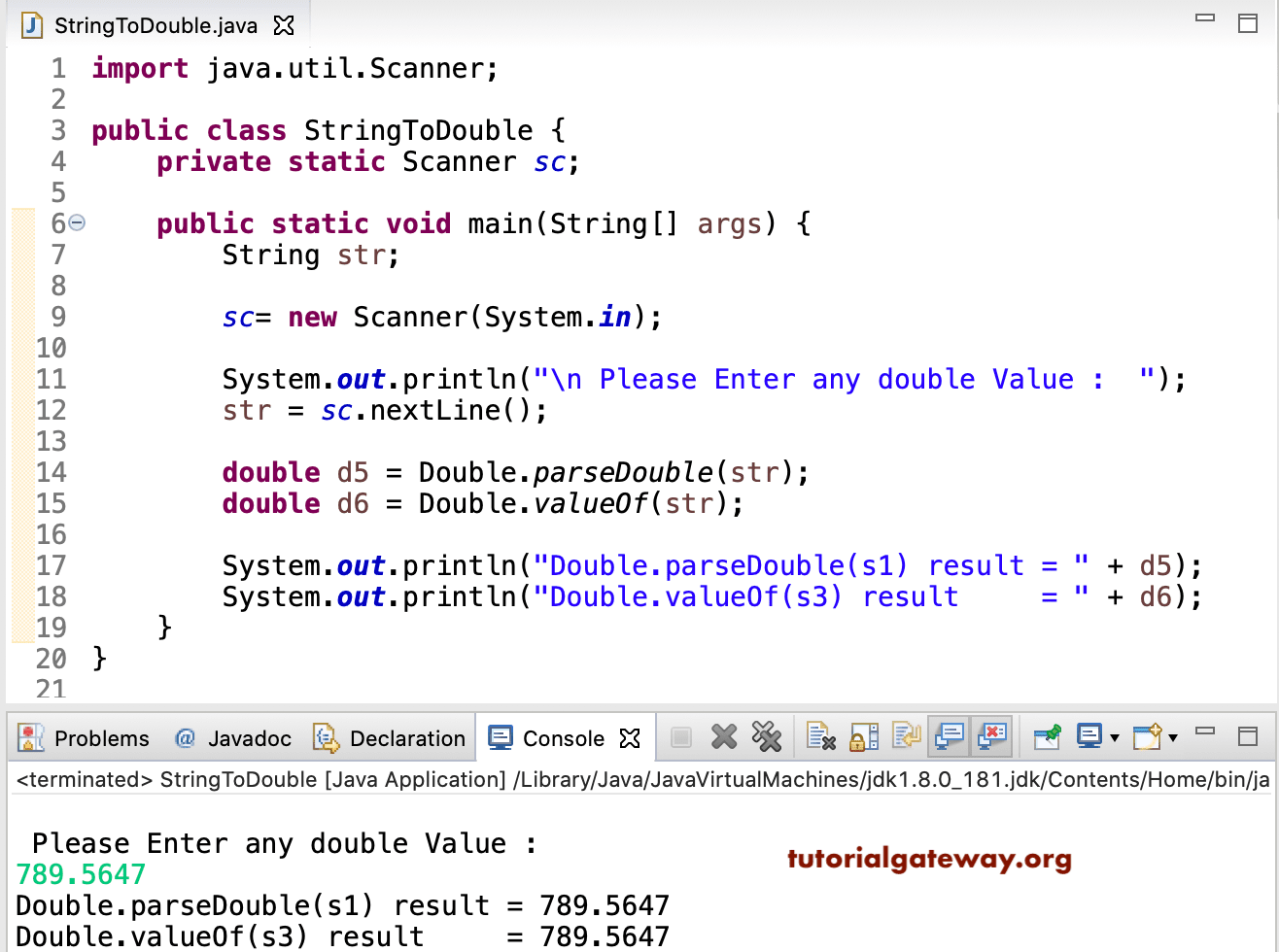

Suppose you would like to join strings from two columns of a table into one. Let’s delve into the practical realm and address a close-to-real-life scenario using the knowledge we have acquired. SQL Server concatenation techniquesĪs we have already immersed ourselves in the theoretical aspects of concatenation, it is now the perfect time to apply our knowledge in practice with the assistance of the powerful dbForge Studio for SQL Server. The result will be a new column called table_name that contains the concatenated values of the first and last names.
#SQL SERVER CONVERT STRING TO DOUBLE PLUS#
In this query, column1 is concatenated with space and column2 by means of the plus (+) operator. This can be useful for creating customized output or constructing complex text-based queries: SELECTĬolumn1 + ' ' + column2 AS concatenated_strings Concatenation with table columnsĪs we already mentioned, you can combine values from different columns into a single string by concatenating table columns in SQL Server.

Note: Literal strings can also include special characters, numbers, or any desired text. On executing this query, you will get the concatenated string: The first part of the literal string and the second one. When it comes to concatenating literal strings, SQL Server requires enclosing them in single quotation marks (‘ ‘): SELECT 'The first part of the literal string and ' + 'the second one' AS concatenated_string The table_name represents the table from which you are retrieving the data, particularly if you are working with columns. Furthermore, you can combine multiple strings as needed. In the syntax above, you can substitute string1 and string2 with the names of the columns or with literal strings you wish to concatenate. String1 + string2 AS concatenated_strings Therefore, the most simple and unseasoned syntax will look somewhat like this: SELECT In SQL Server, concatenation is the process of combining or joining multiple strings together, commonly using the plus sign (+). By doing so, we can grasp the underlying principles and techniques that form the building blocks of concatenating strings in SQL Server. It is essential to familiarize ourselves with the basic concepts of SQL Server concatenation to ensure a solid foundation before jumping into more complex field conditions.

If the optional length is given, BINARY(N) causes the cast to use no more than N bytes of the argument. Note that in MariaDB, INT and INTEGER are the same thing.īINARY produces a string with the BINARY data type. VARCHAR (in Oracle mode, from MariaDB 10.3).The type can be one of the following values: The CONVERT() and CAST() functions take a value of one type and produce a value of another type.


 0 kommentar(er)
0 kommentar(er)
